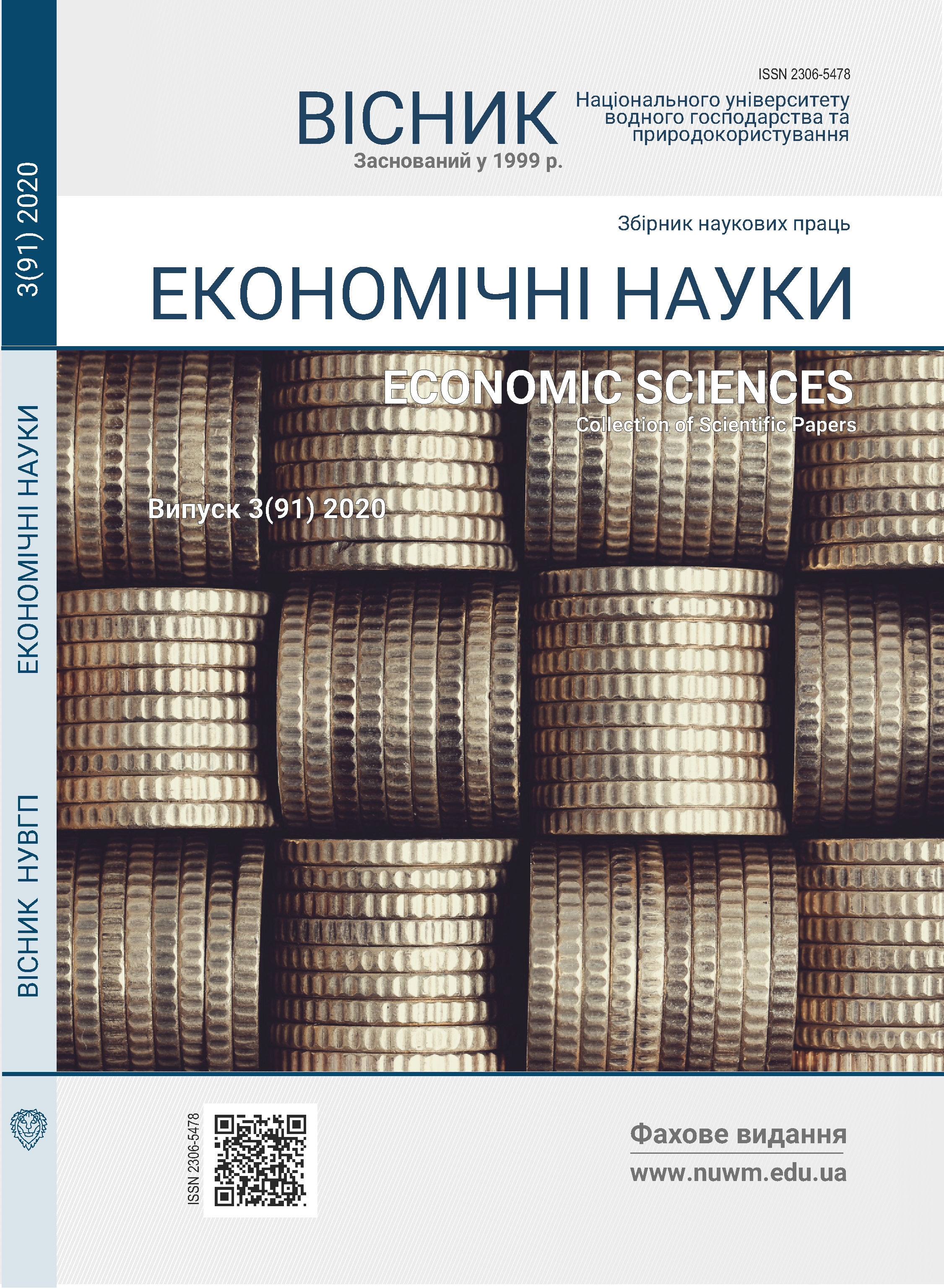CONTEXT OF CURRENT TRENDS IN INTERNATIONAL MIGRATION PROCESSES
DOI:
https://doi.org/10.31713/ve3202014Keywords:
migration, migration policy, international migration processes, pandemic of coronavirus disease COVID-19.Abstract
The main tendencies of international migration processes are considered. The study proved that the maximum peak of migration processes occurred in the period 2015-2017. The final route of these flowsis Germany, France, and England. It is stated that the migration policy of the European Union is determined by the so-called Schengen Protocol. However, it is not generally accepted and mandatory. England, Ireland and Denmark do not participate at all in the development and implementation of a common European migration policy.For other countries, so-called migration quotas have been introduced to attract refugees and migrants. However, the developed quota mechanismdoes not suit most countries, especially Italy, Greece, Portugal (countries on the verge of receiving refugees from Africa and East Asia), and countries such as Austria and Switzerland have completely refused to accept refugees.It is proved that in practical management, migration policy is focusedon the implementation of appropriate programs aimed at stimulating theinvolvement of migrant workers in the relevant professions, as well asprograms aimed at encouraging repatriation. and harsh measures to forcibly evict foreign workers. However, in modern times, these measures do not have the desired effect, on the contrary, migration is spreading due to refugees and illegal migration is growing catastrophically.Conceptual trends in the development of labor migration during thepandemic of coronary heart disease COVID-19 have been identified. Thelegislative changes of the migration policy of the EU countries in connection with the situation of «ideal storm» are analyzed.It is stated that the current international migration policy indicates aradical change due to multi-vector factors in the process of globalization,and will join an orderly, safe, legal, responsible and mobile migration model based on the latest digital economy.References
Демографи: населення Східної Європи скорочується, Західної – зростає. Європейська правда. Міжнародна безпека та інтеграція. URL: https://www.eurointegration.com.ua/news/2018/06/23/7083535/ (дата звернення: 16.09.2020).
Комплексний демографічний прогноз України на період до 2050 р. : колектив авторів / за ред. чл.-кор. НАНУ, д.е.н., проф. Е. М. Лібанової. К. : Український центр соціальних реформ, 2006. 138 с.
Фітісова А., Солодько А. Міграційна криза в ЄС: статистика та аналіз політики. Аналітичний центр CEDOS. URL: https://cedos.org.ua/uk/articles/mihratsiina-kryza-v-yes-statystyka-ta-analizpolityky (дата звернення: 16.09.2020).
ЄС незадоволений діями Туреччини щодо стримування потоку біженців. Європейська правда. Міжнародна безпека та інтеграція. URL: https://www.eurointegration.com.ua/news/2016/01/8/7043114/
(дата звернення: 16.09.2020).
Португалія хоче прийняти 10 тис. мігрантів для покращення демографічної ситуації. Європейська правда. Міжнародна безпека та інтеграція. URL: https://www.eurointegration.com.ua/news/2016/02/22/7045223/ (дата звернення: 16.09.2020).
Офіційний сайт Migration data portal. URL: https://migrationdataportal.org/?i=stock_abs_&t=2019 (дата звернення: 16.09.2020).
О. Токарюк. Як Європа намагається зупинити потік мігрантів. Hromadske. URL: https://hromadske.ua/posts/yak-yevropa-namahaietsia-zupynyty-potik-mihrantiv (дата звернення: 16.09.2020).
Ердоган: Туреччина відкрила кордон в ЄС для сирійських біженців. Європейська правда. Міжнародна безпека та євроінтеграція України. URL: https://www.eurointegration.com.ua/news/2020/02/29/7106951/ (дата звернення: 16.09.2020).
На території РФ нині проживає близько трьох мільйонів українців. Укрінформ. URL: https://www.ukrinform.ua/rubric-society/2446886-urosii-zive-majze-tri-miljoni-ukrainciv-klimkin.html (дата звернення: 16.09.2020).
Шавалюк Л. Заробітчани. Актив чи тягар. Тиждень.ua URL: https://tyzhden.ua/Economics/244555 (дата звернення: 16.09.2020).

